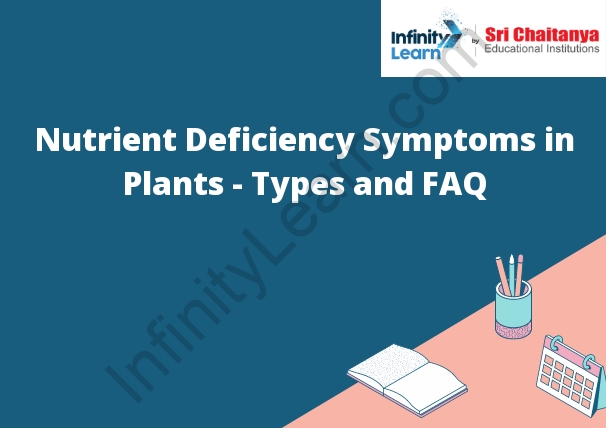Plants and Their Deficiency Symptoms
Plants are the foundation of the food chain, and they are essential for human survival. Plants produce oxygen and convert sunlight into food. Plants also play a critical role in the water cycle. They absorb water from the soil and release it into the air.
Plants can be affected by a variety of environmental factors, including temperature, light, water, and soil. They can also be affected by disease, pests, and nutrient deficiencies.
One of the most common nutrient deficiencies in plants is nitrogen. Nitrogen is essential for plant growth and development. Symptoms of nitrogen deficiency include a yellowing of the leaves and a decrease in the size of the plant.
Other common nutrient deficiencies include phosphorus, potassium, and magnesium. Symptoms of phosphorus deficiency include a reddening of the leaves and a stunting of the plant. Symptoms of potassium deficiency include a browning of the leaves and a decrease in the size of the plant. Symptoms of magnesium deficiency include a yellowing of the leaves and a wilting of the plant.
Environmental factors, such as drought and high temperatures, can also cause deficiencies in plants. Drought can cause a deficiency in water, while high temperatures can cause a deficiency in light.
If you are experiencing problems with your plants, it is important to identify the cause of the problem. If you think your plants are suffering from a nutrient deficiency, you can take a soil sample to a local garden center or nursery for testing. They will be able to identify the nutrient deficiency and recommend a solution.
Plants need certain nutrients to grow and thrive. When they don’t get enough of one of these nutrients, they may show deficiency symptoms.
Iron deficiency is common in plants. It causes leaves to turn yellow or pale green, and the plants may be smaller than normal.
Zinc deficiency can also cause leaves to turn yellow, and the plants may be stunted.
Nitrogen deficiency results in plants with smaller leaves and a pale green color.
Potassium deficiency can cause leaves to turn brown or scorched around the edges.
Calcium deficiency can cause leaves to develop brown spots or become distorted.

- Iron deficiency. Iron is an essential mineral. …
- Iodine deficiency. …
- Vitamin D deficiency. …
- Vitamin B12 deficiency. …
- Calcium deficiency. …
- Vitamin A deficiency. …
- Magnesium deficiency.





